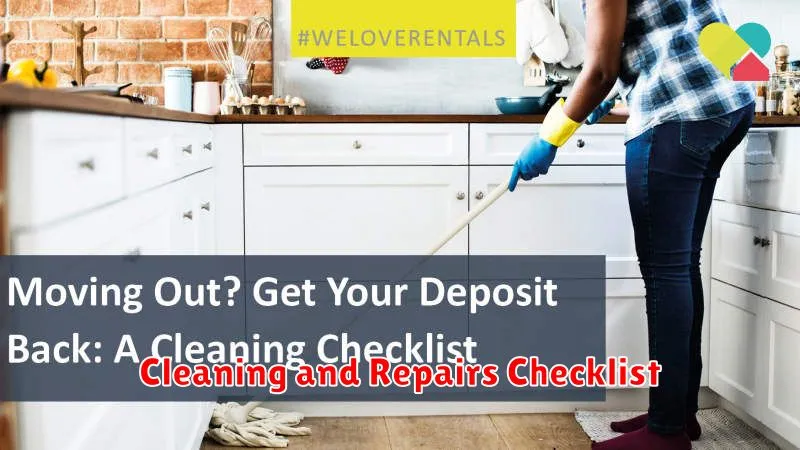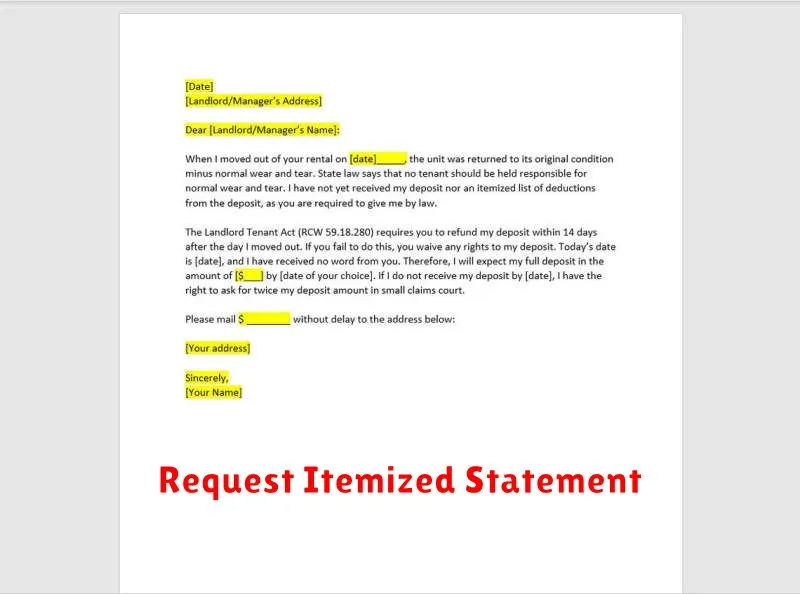Moving into a new rental property is exciting, but often comes with the financial hurdle of a security deposit. Understanding the purpose and legalities surrounding security deposits is crucial for both tenants and landlords. This comprehensive guide will delve into the intricacies of security deposits, explaining what they are, how they are calculated, and most importantly, how to maximize your chances of getting your security deposit back in full.
From normal wear and tear to property damage, we’ll cover the common reasons for security deposit deductions. We’ll also provide practical tips for documenting the condition of your rental unit, communicating effectively with your landlord, and understanding your legal rights regarding your security deposit. Whether you are a seasoned renter or a first-time tenant, this guide will equip you with the knowledge you need to navigate the security deposit process with confidence and protect your finances.
What Is a Security Deposit?
A security deposit is a sum of money paid by a tenant to a landlord at the beginning of a lease agreement. It acts as a form of financial protection for the landlord against potential damages to the property or unpaid rent beyond normal wear and tear.
Essentially, it’s a good faith payment demonstrating the tenant’s commitment to upholding the terms of the lease. The amount of the security deposit can vary, but it’s often equivalent to one or two months’ rent. Local laws may regulate the maximum amount a landlord can request.
The security deposit is typically held in a separate account by the landlord and is returned to the tenant at the end of the lease term, provided the tenant has fulfilled all obligations outlined in the lease agreement.
Reasons Deductions Occur
Security deposit deductions are typically made to cover unpaid rent or damages to the property beyond normal wear and tear.
Common reasons for deductions include:
- Unpaid rent or late fees
- Cleaning costs exceeding normal cleaning practices
- Repairing damage to walls, floors, or fixtures caused by the tenant
- Replacing missing items or fixtures
- Addressing pest infestations caused by the tenant
It is crucial to understand your lease agreement and the specific stipulations regarding security deposit deductions. Documenting the condition of the property upon move-in and move-out with photos or videos can help prevent disputes.
Cleaning and Repairs Checklist

Use this checklist to ensure your rental unit is in top shape for your move-out inspection, increasing your chances of receiving your full security deposit back. Remember, normal wear and tear is acceptable, but excessive damage is not.
Kitchen
- Clean oven and stovetop thoroughly.
- Clean refrigerator inside and out, including removing all food items.
- Clean microwave inside and out.
- Clean and sanitize countertops and sink.
- Empty and clean dishwasher.
- Sweep and mop floors.
Bathrooms
- Clean and sanitize toilets, showers, and bathtubs.
- Clean sink and countertop.
- Sweep and mop floors.
- Clean mirrors.
General
- Clean all floors and carpets (consider professional cleaning).
- Clean windows and window sills.
- Dust all surfaces.
- Empty all closets and drawers.
- Remove all trash and belongings.
- Address any necessary repairs beyond normal wear and tear.
Provide Written Notice
Providing written notice to your landlord is a crucial step in getting your security deposit back. This notice formally informs them of your intent to vacate the premises and allows them to schedule a pre-departure inspection.
Your lease agreement should specify the required notice period, typically 30 or 60 days. Adhering to this timeframe is essential. Failure to provide adequate notice could jeopardize your ability to retrieve your deposit.
The written notice should include your current address, the date you intend to vacate, and a forwarding address where your security deposit can be sent. Keep a copy of this notice for your records.
Request Itemized Statement

If your landlord withholds any portion of your security deposit, they are legally required to provide you with an itemized statement. This document outlines the specific reasons for the deductions and the costs associated with each repair or cleaning.
It’s crucial to request this statement in writing. This formal request establishes a clear record of your communication and strengthens your position if further action is necessary. Be sure to send your request via certified mail to confirm delivery and retain a copy for your records. Your lease agreement may specify the timeframe within which your landlord must provide the statement. Check your local laws for guidance if the lease is silent on this issue.
The itemized statement should detail each deduction, providing a description of the damage and the associated cost. For example, it should not simply state “cleaning fee” but should specify “Carpet cleaning due to pet stains: $150”. This level of detail allows you to assess the validity of the deductions.

